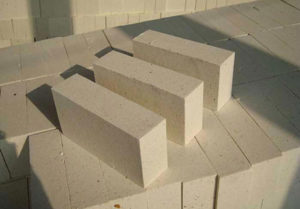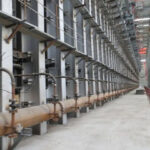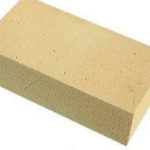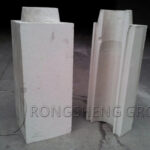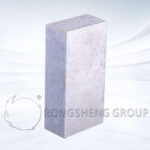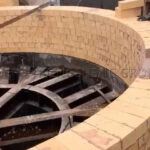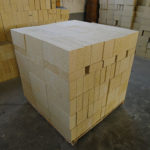Use Lightweight Insulating Fire Brick on the heating equipment and adopt thermal insulation technology method to reduce the heat loss and improve the utilization efficiency for thermal energy, promote the development of kiln for the light-weight trend, and raising labour productivity. For general heating equipment, consider from saving energy, improving working condition, it is necessary to adopt heat insulation method. But for some equipment, you need to consider the comprehensive advantages and disadvantages of thermal insulation. So, start from actual situation, choose the right and suitable way to use Lightweight Insulating Fire Brick based on knowing their properties, which will play their effect value to the greatest extent.
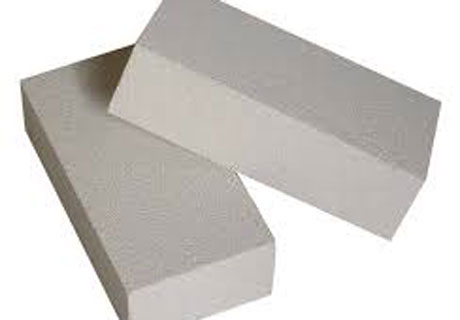
Right Way to Use Lightweight Insulating Fire Brick
- Adopt insulation measure for heating equipment, which should not affect the service life of whole refractory lining body.
- It is reasonable to adopt thermal insulation in large area for high temperature kiln that keep continuous working, which will reduce the heat loss. But for less special position, such as roof of open-hearth furnace, when the thermal insulation result the lining body rising temperature which cause the heat loss more than without the thermal insulation. Then there is no need to adopt the method of thermal insulation. So according to the thermal storage and heat loss to calculate and decide if need to adopt heat insulation measures.
- As the Lightweight Insulating Fire Brick has higher apparent porosity, when use Lightweight Insulating Fire Brick that cannot bear overload. And also avoid contacting molten metal, molten slag and high temperature furnace lining.
- Lightweight Insulating Fire Brick has low strength. When laying Lightweight Insulating Fire Brick, need to layout the brickwork joint and expansive joint rightly to avoid breaking the lining body due to expansion. Lightweight Insulating Fire Brick should not suffer the strong mechanical shock, hit and abrasion.
- Lightweight Insulating Fire Brick has the large reheating linear shrinkage. Its maximum service temperature is lower than 100℃ that should definitely not higher than the allowable temperature.
- There is big difference between thermal insulation materials and heavy refractory materials. Lightweight Insulating Fire Brick has low thermal shock stability. Use Lightweight Insulating Fire Brick to lay furnace lining, the temperature should not rise quickly, or the lining body will be damaged. Adopt reinforcement measure for the insulating fire bricks out of the lining layer. Such as use steel plate or metal bars to reinforce.

Mullite Insulation Brick
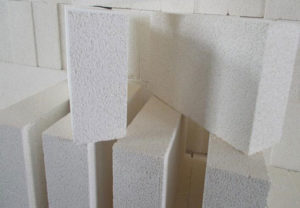
Insulating Fire Brick for Sale
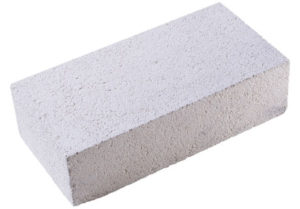
Soft Fire Brick for Sale
